The average funding ratio of Dutch pension funds fell to 116 per cent in April, according to Aon Netherlands’ Pension Thermometer.
Aon said equity returns over the month were ‘disappointing’ due to the trade war initiated by US President Donald Trump. This, mixed with falling interest rates, caused liabilities to rise, leading to a 4 percentage point decline in the funding ratio.
However, the indicative policy funding ratio, based on the average funding ratio over the past 12 months, remained stable at 118 per cent in April.
Aon said the increased uncertainty in the financial markets due to the rising risk of recession and inflation caused by Trump’s trade war saw global equities fall by more than 10 per cent in a matter of days in April; the US dollar weakened by 5 per cent against the euro.
This led to a flight to safe-haven bonds, which caused interest rates in the eurozone to fall.
However, a recovery in the markets was seen later in April, following the suspension of some tariffs. Ultimately, developed market equities managed to recover somewhat, limiting the decline in April to 2.4 per cent, but emerging market equities fell by 3.7 per cent.
In the eurozone, bond yields fell and the fixed income portfolio rose by almost 5 per cent. As a result, higher-quality, riskier bonds generated positive returns, with credits rising 1 per cent, while lower-quality bonds such as high yield (-0.2 per cent) and emerging market debt (0.1 per cent) underperformed due to increased spread risk. The total return on the portfolio was -0.4 per cent.
Regarding interest rates, on balance, risk-free interest rates for the first 40 years fell by an average of 22 basis points in one month. The Ultimate Forward Rate (UFR), which pension funds use to calculate the value of their future liabilities, stood at 1.9 per cent.
The fall in interest rates caused the value of the liabilities to increase by approximately 3.7 per cent.
In response to the geopolitical situation, Aon said many funds have increased their interest rate risk hedging, but the equity risk remains fully exposed. Although the average funding ratio is a healthy 116 per cent, Aon said there are some funds in a “less favourable position”.
Aon Netherlands director wealth, Frank Driessen, also noted that due to the transition taking place in the Dutch pension system, pension funds are suddenly becoming very short-term investors.
“Funds that are transitioning on 1 January 2026 have only eight months to go. It is important to remain calm. On the one hand, there may be a recovery during the remainder of the year, but on the other hand, funds should have a plan for what the package will look like if the coverage ratio is somewhat lower,” he warned.
Latest News
-
Pension gap and VfM dominate Europe’s consumer risk landscape
-
Europe’s pension associations welcome IORP stress test results
-
AAE identifies ‘cross-cutting challenges’ of European pension tracking service
-
I&P Denmark hails govt’s 82% climate target as ‘strong signal to the world’
-
News in brief: 19 December
-
European insurtech firm Lumera acquires Acuity for undisclosed amount
Podcast: Stepping up to the challenge
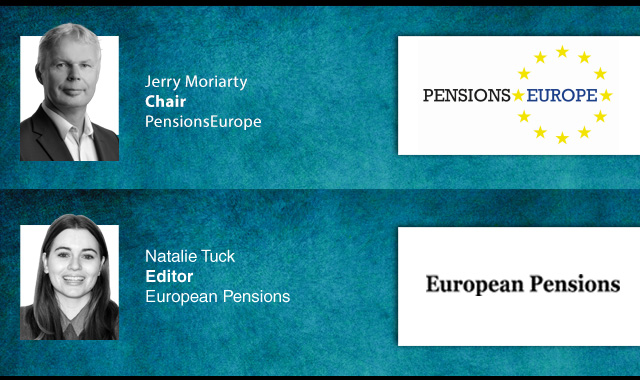
In the latest European Pensions podcast, Natalie Tuck talks to PensionsEurope chair, Jerry Moriarty, about his new role and the European pension policy agenda
Podcast: The benefits of private equity in pension fund portfolios
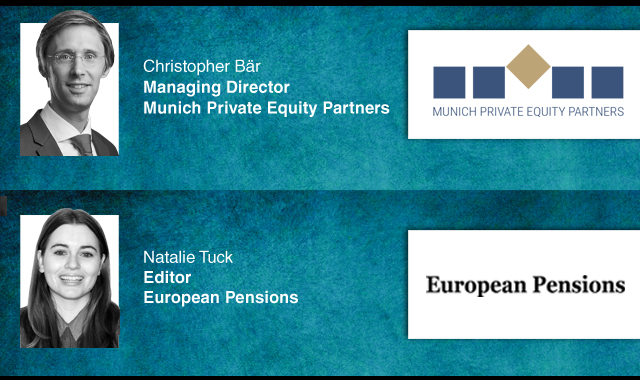
The outbreak of the Covid-19 pandemic, in which stock markets have seen increased volatility, combined with global low interest rates has led to alternative asset classes rising in popularity. Private equity is one of the top runners in this category, and for good reason.
In this podcast, Munich Private Equity Partners Managing Director, Christopher Bär, chats to European Pensions Editor, Natalie Tuck, about the benefits private equity investments can bring to pension fund portfolios and the best approach to take.
In this podcast, Munich Private Equity Partners Managing Director, Christopher Bär, chats to European Pensions Editor, Natalie Tuck, about the benefits private equity investments can bring to pension fund portfolios and the best approach to take.
Mitigating risk
BNP Paribas Asset Management’s head of pension solutions, Julien Halfon, discusses equity hedging with Laura Blows
© 2019 Perspective Publishing Privacy & Cookies


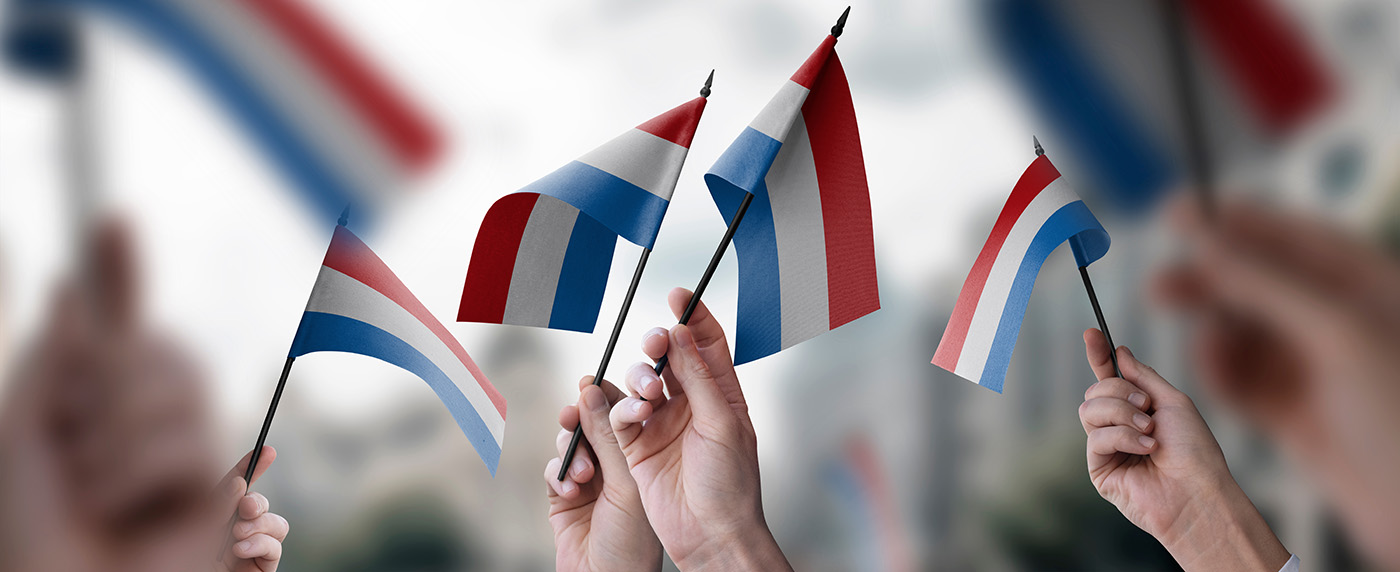
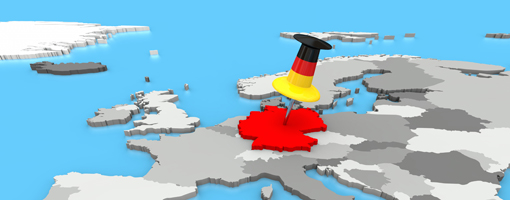
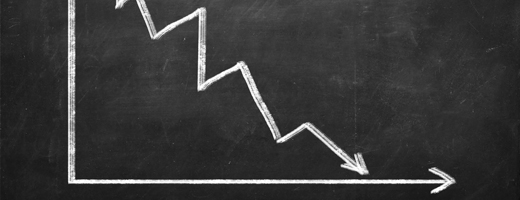


Recent Stories